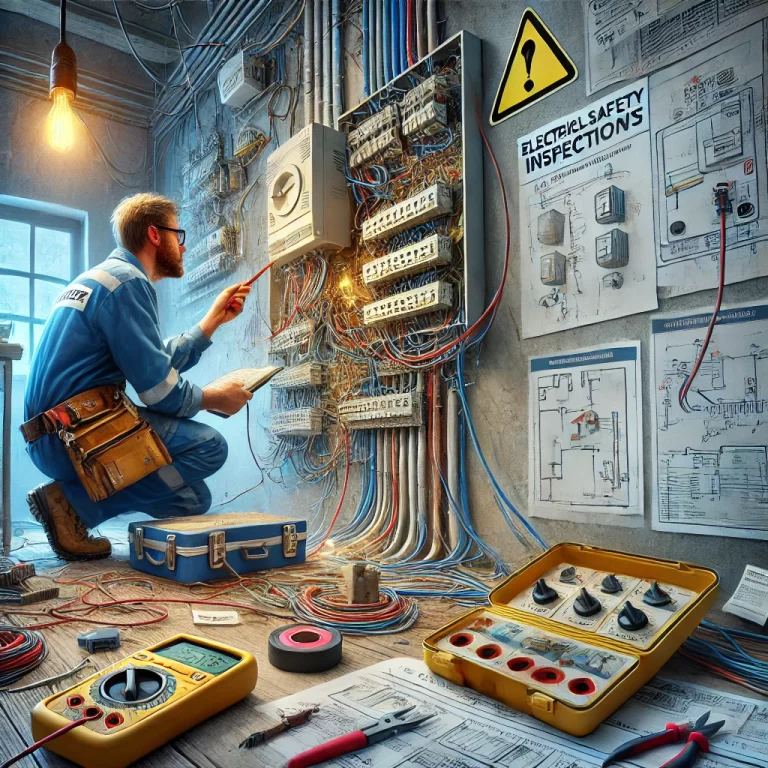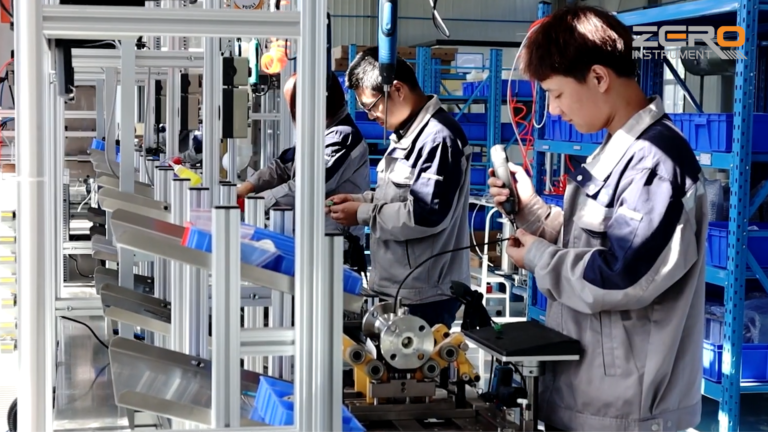Electrical hazards can pose significant risks in both residential and industrial settings. In order to ensure safety and prevent accidents such as fires, electrocution, or equipment failure, it is essential to carry out a thorough inspection and remediation process. This article outlines the key components of conducting electrical hazard inspections and the necessary steps for effective remediation.
1. Importance of Electrical Hazard Inspection
Electrical hazards often arise from faulty wiring, outdated electrical systems, overloaded circuits, or improper installation. These issues may remain undetected until they lead to serious incidents. Regular inspections help identify potential problems early, allowing for timely repairs or upgrades.
Common Electrical Hazards:
- Exposed Wires: Frayed or damaged wires can cause electric shocks and short circuits.
- Overloaded Circuits: Plugging too many appliances into a single outlet can cause overheating, leading to fires.
- Improper Grounding: Lack of grounding increases the risk of electric shocks.
- Outdated Wiring: Older systems may not handle modern electrical loads efficiently, leading to overheating or failure.
- Moisture Exposure: Electrical systems exposed to water, especially in bathrooms and kitchens, can cause electrocution.

2. Steps in Electrical Hazard Inspection
A comprehensive inspection involves several steps to ensure all potential hazards are identified:
a. Visual Inspection
- Wiring and Connections: Check all visible wiring for signs of wear, such as cracks, fraying, or discoloration.
- Outlets and Switches: Inspect for burn marks, loose connections, or broken outlets that may indicate overloading or poor installation.
- Circuit Breakers: Ensure that circuit breakers function correctly, without signs of overheating or frequent tripping.
b. Testing Equipment
Using specialized equipment, such as multimeters and insulation testers, helps assess the condition of hidden wiring and ensure proper voltage levels and grounding.
c. Documentation and Analysis
Recording all findings in detail allows for a clear understanding of existing hazards and provides a basis for planning the remediation process. Inspectors should prioritize high-risk areas and document any code violations.

3. Addressing Identified Hazards
Once electrical hazards have been identified, they must be addressed promptly to prevent accidents. The following are key remediation steps:
a. Rewiring
If the wiring is found to be damaged or outdated, it is crucial to replace it with high-quality materials that comply with safety standards. Upgrading to more efficient wiring also ensures the system can handle modern electrical loads.
b. Installing Ground Fault Circuit Interrupters (GFCIs)
GFCIs protect against electric shocks, especially in areas prone to moisture. Installing them in kitchens, bathrooms, and outdoor areas helps enhance safety.
c. Replacing Faulty Components
Old or damaged outlets, switches, and circuit breakers should be replaced immediately. In some cases, upgrading to smart outlets and breakers can provide added protection and monitoring.
d. Improving Load Distribution
If overloaded circuits are a concern, redistributing the electrical load across multiple circuits can prevent overheating. Installing additional circuits may also be necessary to support high-energy appliances.
e. Routine Maintenance
Regular maintenance of electrical systems, including testing circuit breakers, checking for loose connections, and ensuring proper insulation, helps prevent future hazards. Scheduling periodic inspections ensures long-term safety and compliance with regulations.
4. Importance of Professional Involvement
While some electrical hazards can be easily identified by homeowners or employees, it is advisable to involve licensed electricians for thorough inspections and remediation. Professionals possess the knowledge, tools, and expertise required to ensure that all hazards are addressed effectively and safely.

Conclusion
Conducting regular electrical hazard inspections and taking timely remediation measures are crucial steps in ensuring the safety of any building or facility. By identifying risks such as outdated wiring, overloaded circuits, and improper grounding, property owners can prevent accidents and ensure the longevity of their electrical systems. Always remember to involve qualified professionals to handle any identified issues, ensuring the highest standards of safety and compliance with electrical regulations.
Proper management of electrical hazards not only protects lives but also prevents costly property damage, making it an essential practice for maintaining a safe environment.
